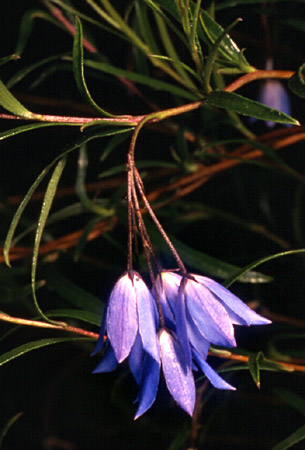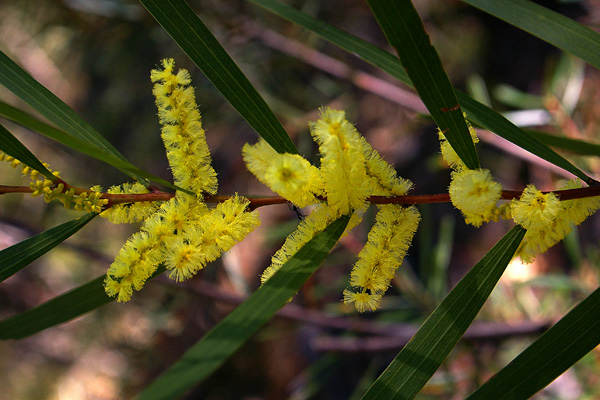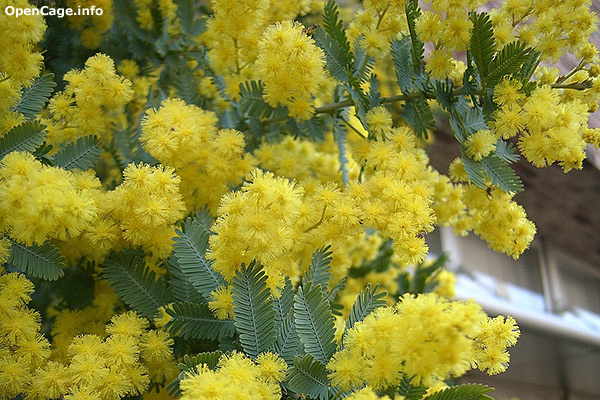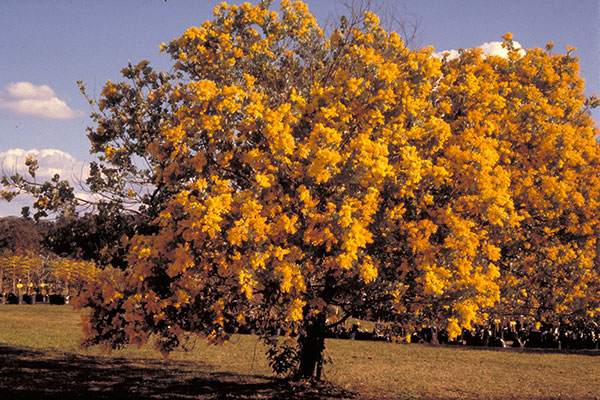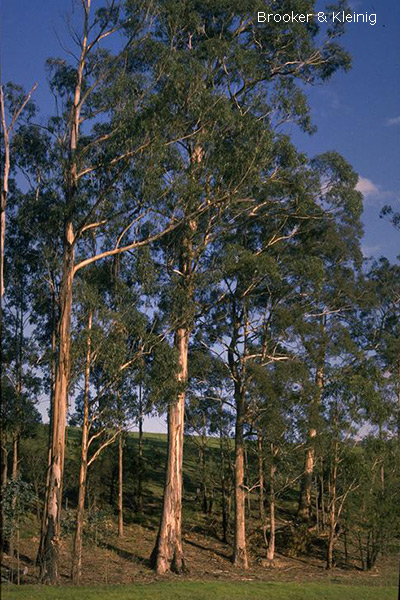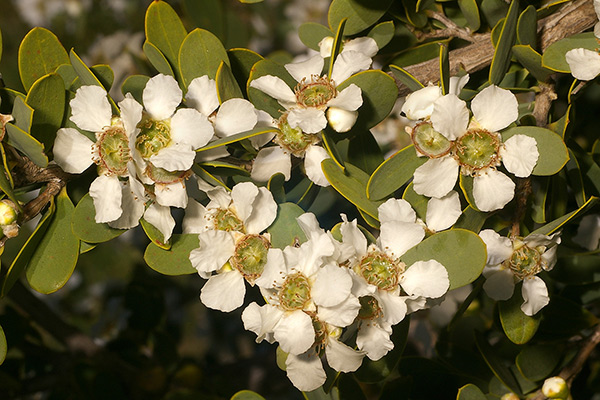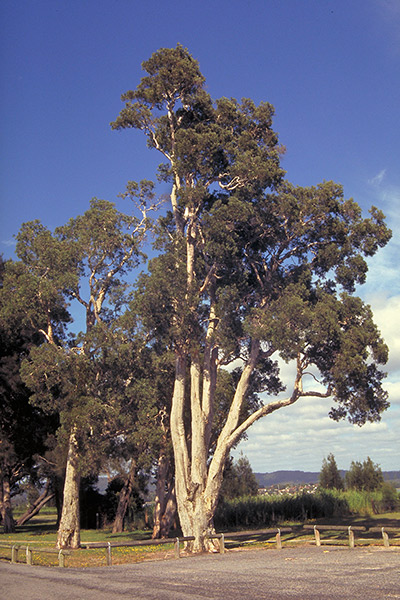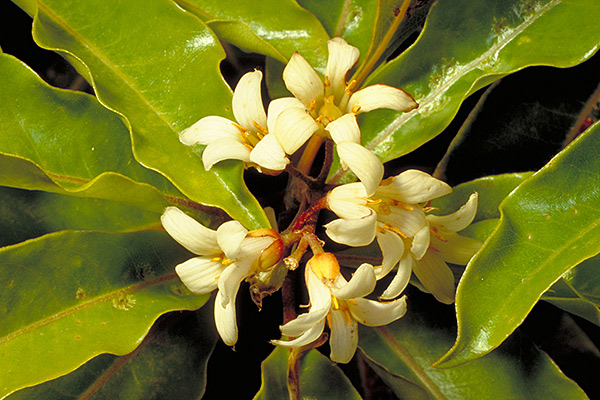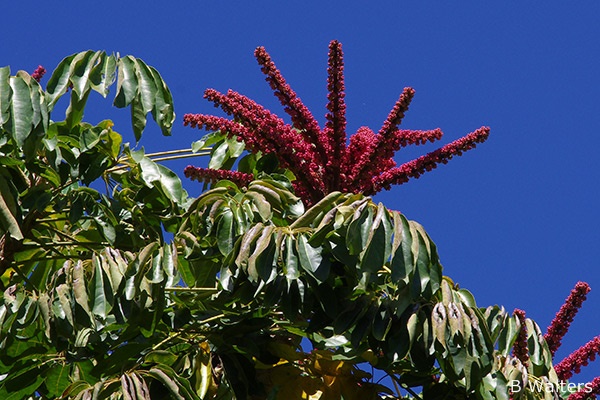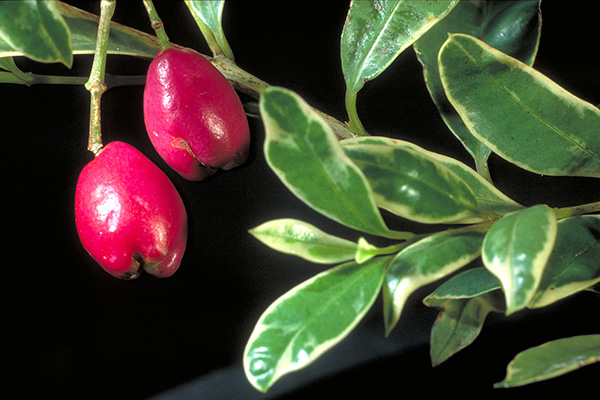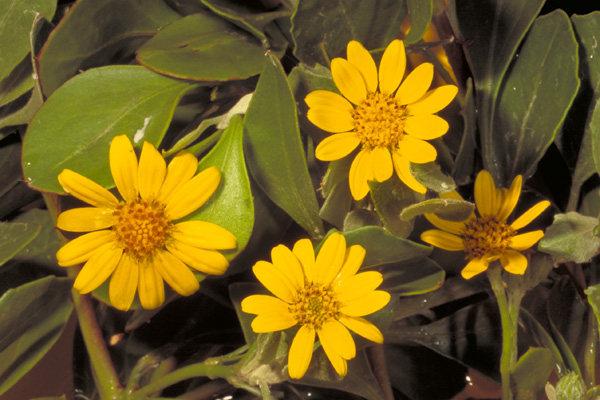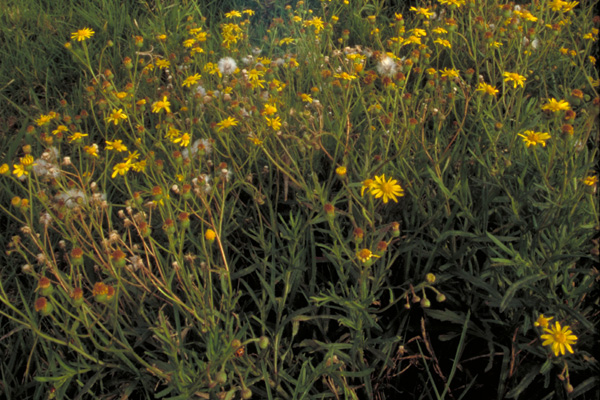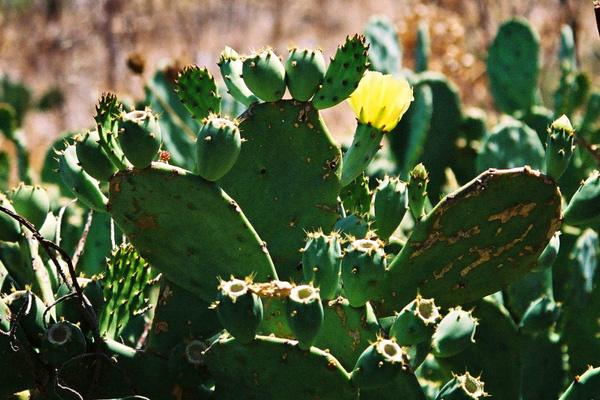Australian Plants Awards 2018
At the 2018 ANPSA Conference in Hobart, Australian Plants Awards were conferred upon Alexander Floyd (Professional award) and Diana Snape (Amateur award). The citations accompanying the awards are reproduced below.
Alexander Floyd
Born in Victoria in 1926, Alex entered the University of Melbourne in 1947 reading, and excelling in, botany. He began his professional life with the Australian Forestry School in Canberra in 1949. After graduating with a B.Sc. (For.) in 1951, Alex joined the Forestry Commission of New South Wales as a forester based in southern New South Wales. After a two year period as Forest Ecologist and Assistant Botanist in Papua New Guinea, he returned to the Forestry Commission of NSW in 1956 as a silviculturalist based in Coffs Harbour where he spent 15 years as the officer-in-charge of the Forestry Research Centre and gaining his Master of Science in Forestry in 1961.
It was from this time that Alex’s interest in rainforests became evident with the publication of his N.S.W. Rainforest Trees in twelve parts (1960-1983), issued as ‘Research Notes’ of the Commission and providing a comprehensive account of rainforest species of New South Wales, Victoria and southern Queensland. It would be ultimately published by the Forestry Commission in 1989 and republished in 2008 by Terania Rainforest Publishing as Rainforest Trees of Mainland South-eastern Australia. With a writing style that has simplified the botany and given a standardized description of trunk, bark, branchlet and leaf, the book is widely considered the indispensable reference since its initial publication.
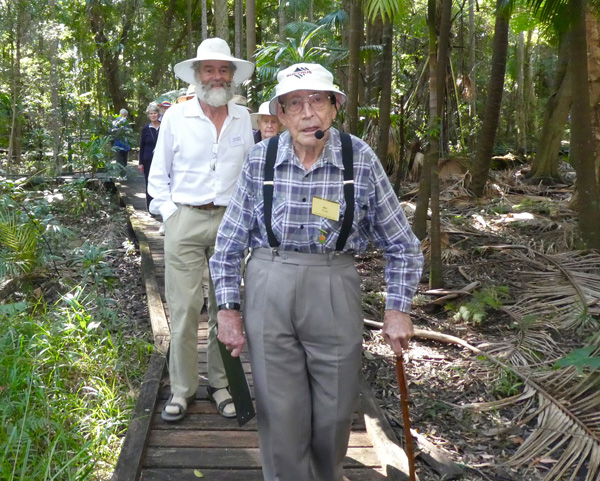 |
| Alex Floyd leading members of the Australian Plants Society on a bushwalk Photo: Australian Plants Society (NSW) |
Because of this expertise, Alex was seconded in 1976 to the NSW National Parks and Wildlife Service in order to undertake a review of the conservation status of the State’s rainforest communities. When in the mid 1970s and early 1980s battle lines were drawn between the conservationists and sawmillers, it was foresters of the Forestry Commission in the middle. Of particular note was his role in providing much research data and advice in the identification of ‘rainforests’ and the appropriateness of logging in the Terania Creek Basin dispute. It was to prove decisive in the eventual outcome.
Alex has been acknowledged by having a number of plants named after him. Interestingly (and maybe tellingly) while most are found in the rainforest and identified in his major published work (Floydia praealta; Bosistoa floydii; Cryptocarya floydii and Endiandra floydii), of the others: Alexfloydia repens is a grass and is found close to Coffs Harbour, while Acacia floydii, Homoranthus floydii and Zieria floydii are found in other parts of the State and are not rainforest flora.
On 26 January, 2008, Alexander Geoffrey Floyd was awarded the Medal of the Order of Australia for service to botany, particularly through research and identification of sub-tropical rainforest plants and through support for the North Coast Regional Botanic Gardens, and to conservation and environmental education.
Alex has been a member of the Australian Plants Society (NSW since March 1996) and is currently a member of the Coffs Harbour District Group. In 2016, Alex was awarded Life Membership of APS NSW in recognition of his outstanding contributions in accordance with the objectives of APS NSW.
Diana Snape
Diana gained a Master of Science degree at the University of Sydney and taught science at the University and at secondary schools in Sydney and Melbourne. She wrote her first book, Meet the First 30 Elements in 1989, a chemistry text for junior high school students published by Science Teachers Association of Victoria.
Diana joined the Australian Plants Society (then SGAP) in New South Wales in 1960. When she and her husband moved to Melbourne in 1967 Diana joined APS Victoria.
Diana was a member of the Open Garden Scheme selection committee and actively promoted the scheme in Victoria. She and her husband created a beautiful landscaped Australian plants garden in Hawthorn East which has been featured in Landscape Australia, Australian House and Garden and in overseas publications.
Diana and her husband Brian support the Royal Botanic Gardens, Victoria and also the Australian Flora Foundation research fund which fosters research on Australian plants. The Snape Reserve at Dimboola, Victoria was acquired by Trust for Nature in 2002 and named to honour the personal generosity of Diana and her husband. It is a 754 hectare property adjacent to the Little Desert National Park.
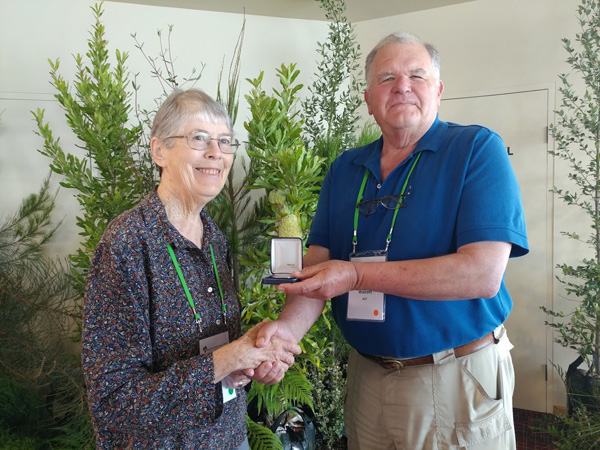 |
| Diana Snape receiving the Australian Plants Award from ANPSA President, Ben Walcott Photo: Unknown |
Diana founded the ANPSA Garden Design Study Group in April 1993. This study group became popular almost immediately and grew to a membership of over 200 in 1996. The group remains very active with sub-groups formed in several areas of the country. As Leader/Newsletter editor for 10 years, Diana ensured the publication of 41 newsletters each containing about 20 pages. The newsletters contained articles from Diana and other group members. Diana led the Melbourne sub-group from 1993 until 2017, almost a quarter of a century!
Diana has written many articles for , the Australian Plants Society Victoria Newsletter as well as other Australian Plants Society journals. With over 70 articles published, Diana’s skill to communicate through the written word is clearly evident.
Diana is the author of two books on garden design and the use of Australian native plants: Australian Native gardens: putting visions into practice, published by Lothian in 1992 which kindled the interest to form the ANPSA Garden Design Study Group and The Australian Garden: Designing with Australian Plants, published by Blooming Books first in 2003 and reprinted in 2008, with some input from other study group members, which has sold over 10,000 copies. Diana was among the first to promote through her books and talks the idea of an Australian garden using Australian native plants. Employing her depth of experience, knowledge and expertise in using Australian plants in garden design, Diana is able to demonstrate how to achieve vistas of harmony and beauty in every situation and climate.
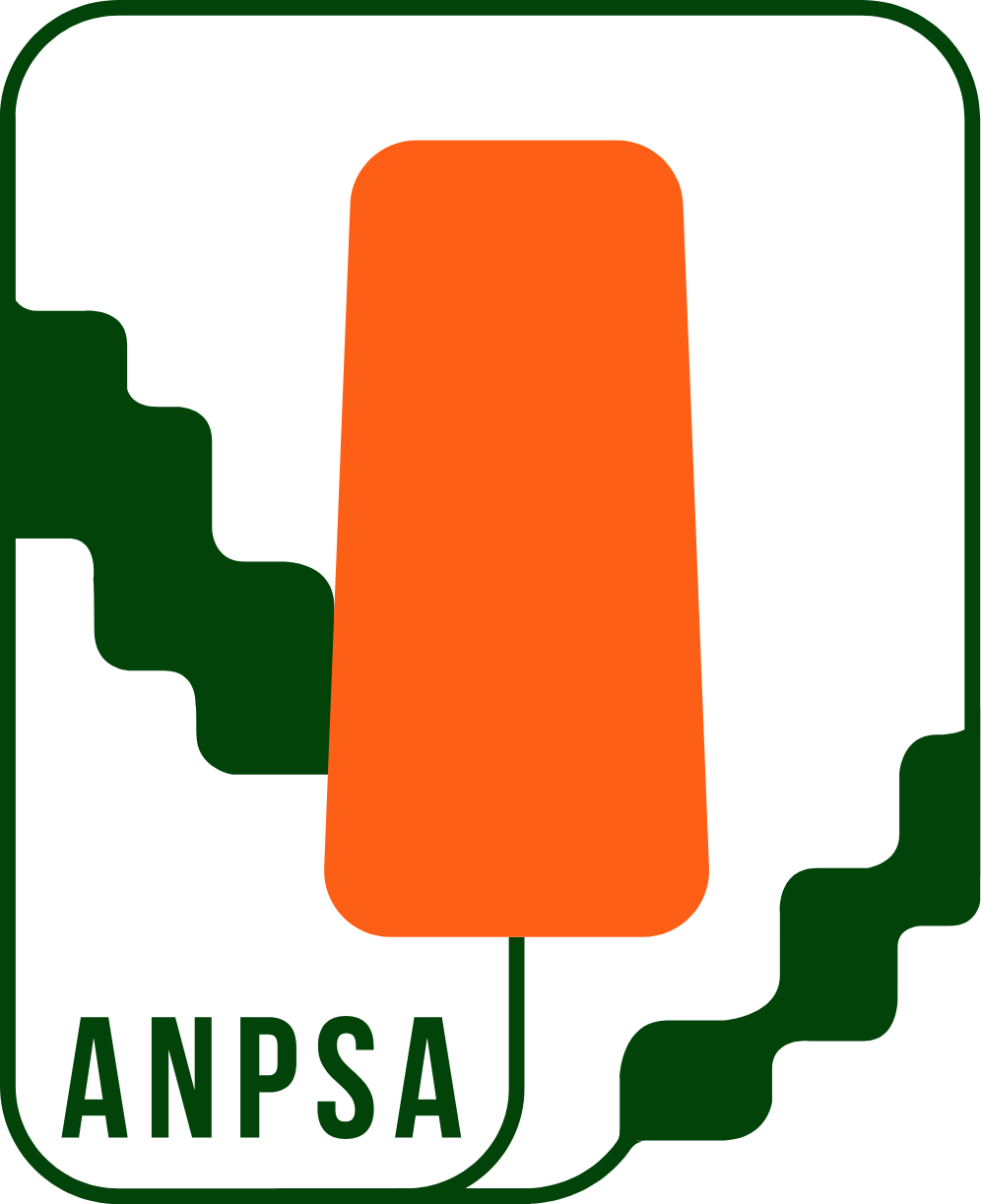 Australian Native Plants Society (Australia)
Australian Native Plants Society (Australia)